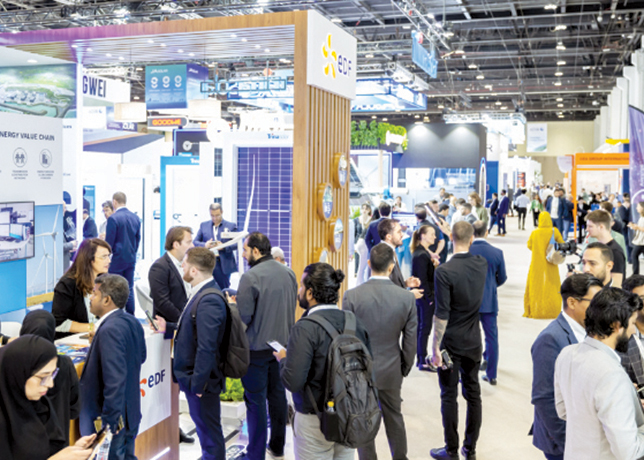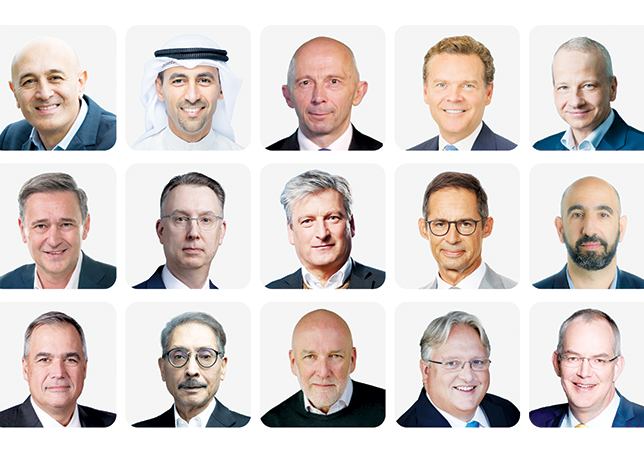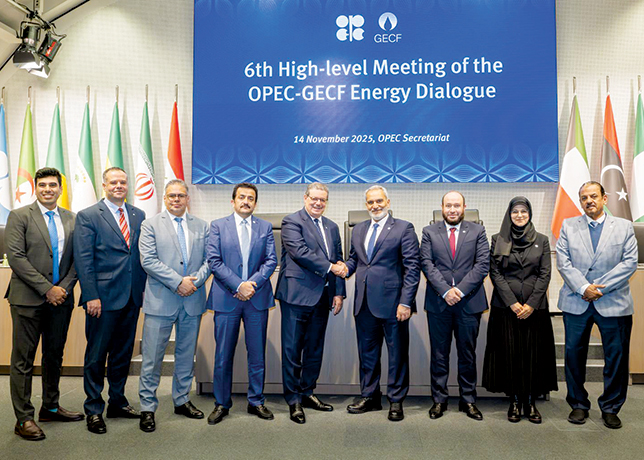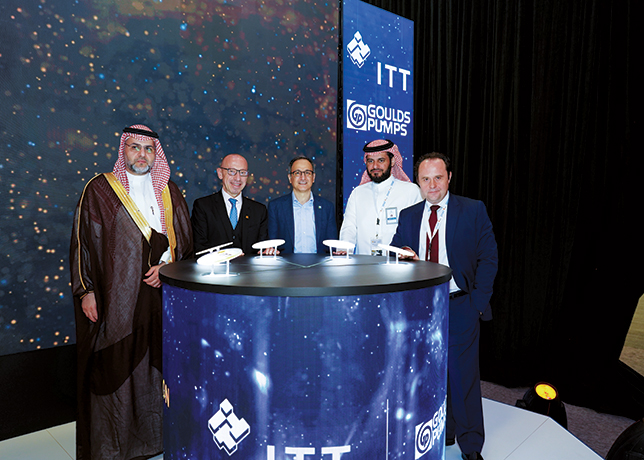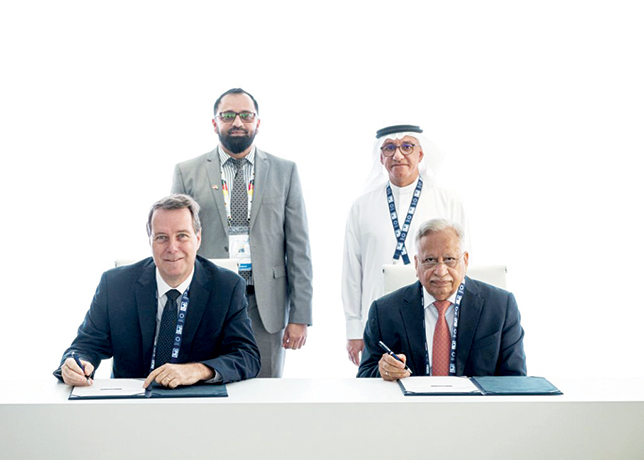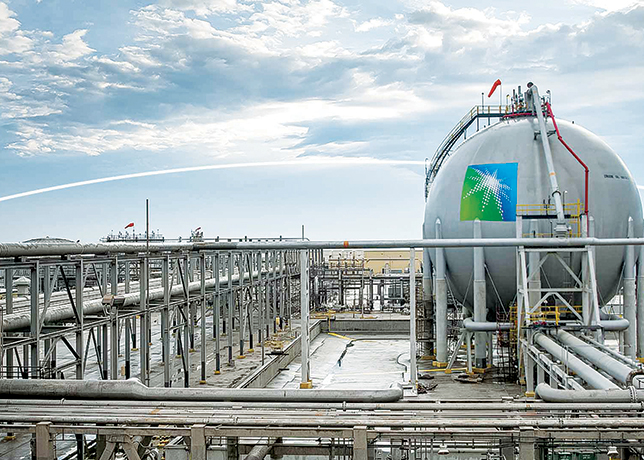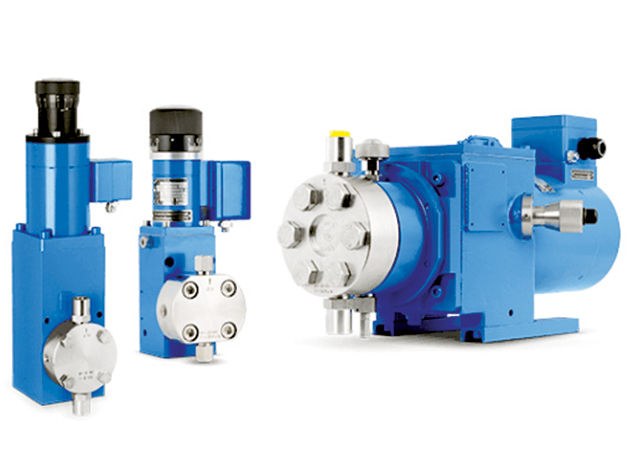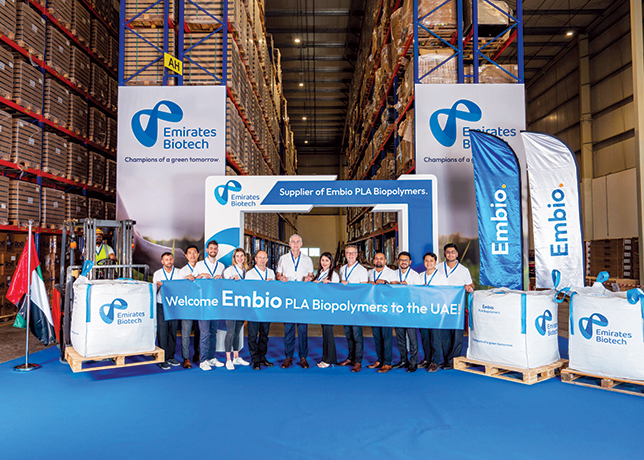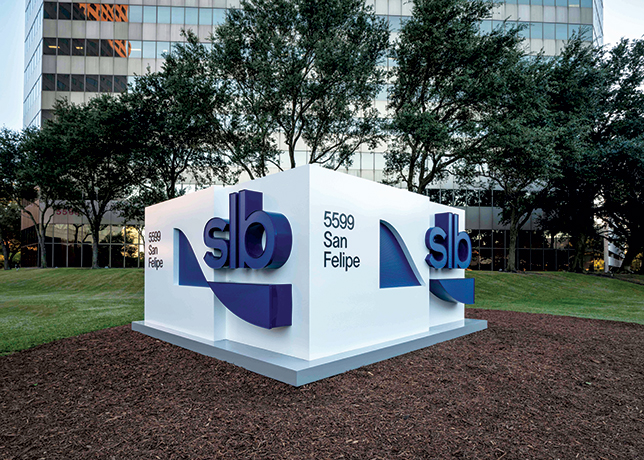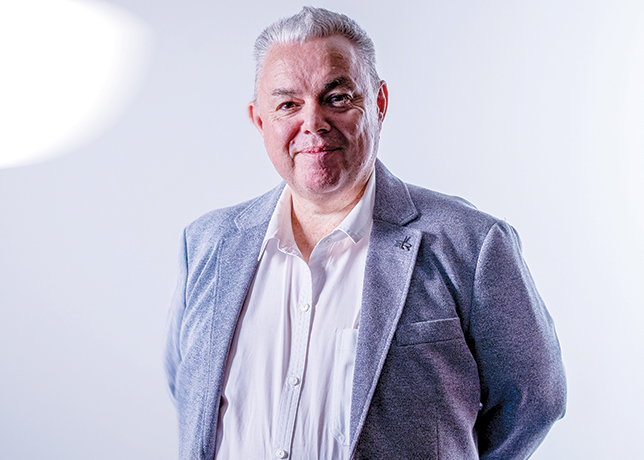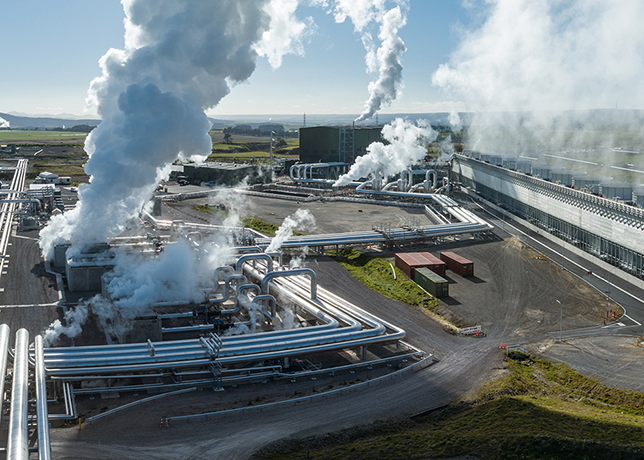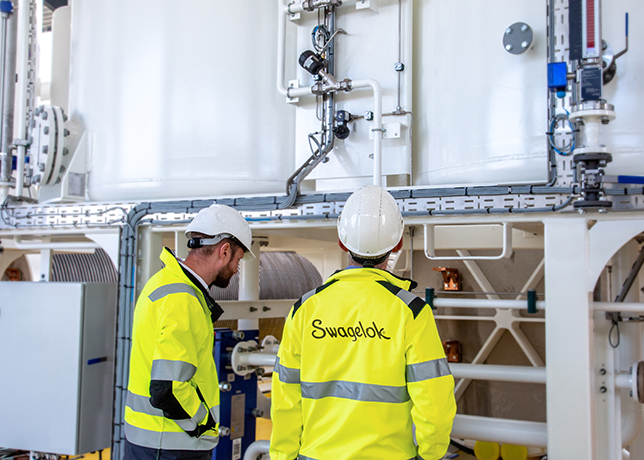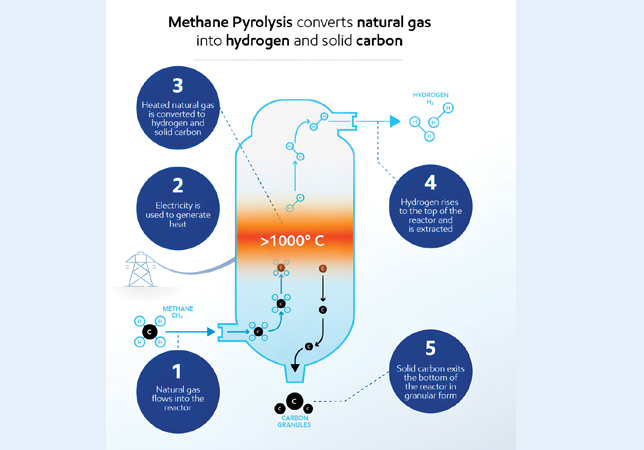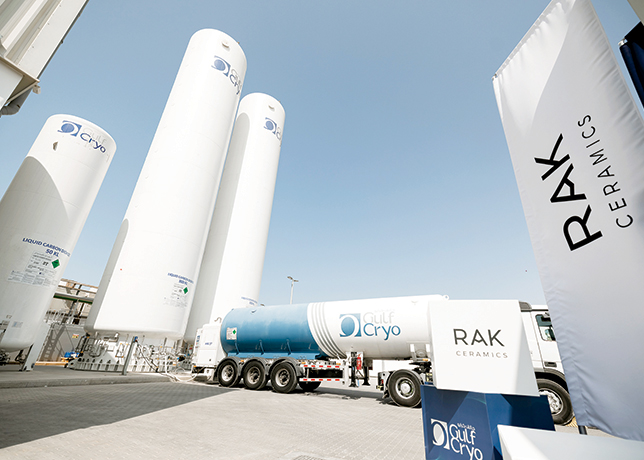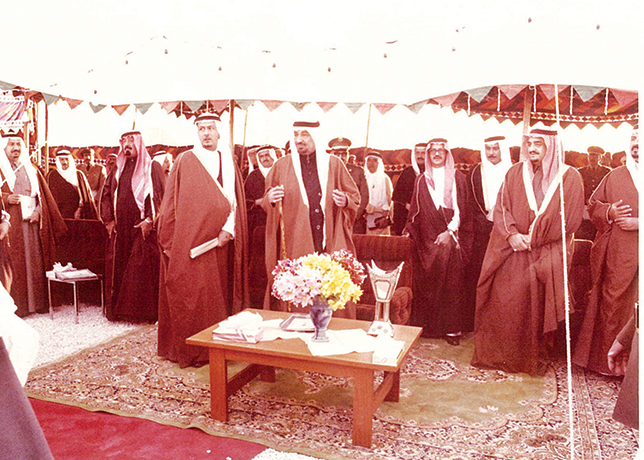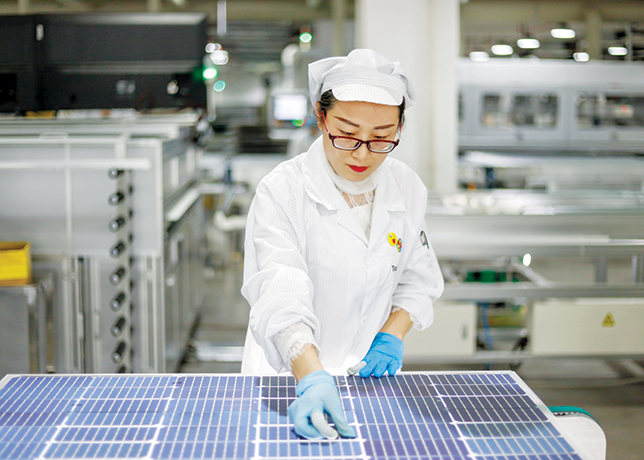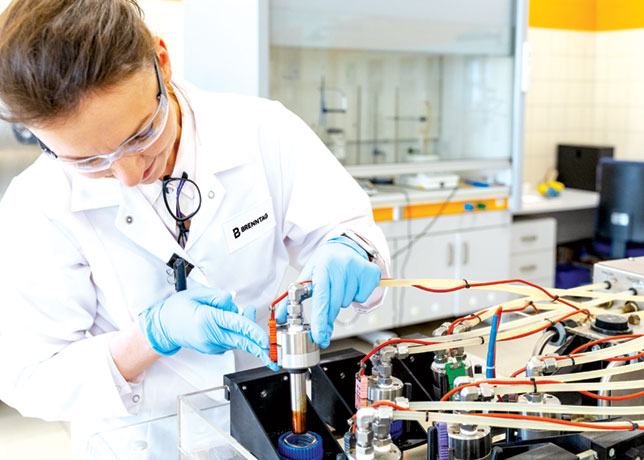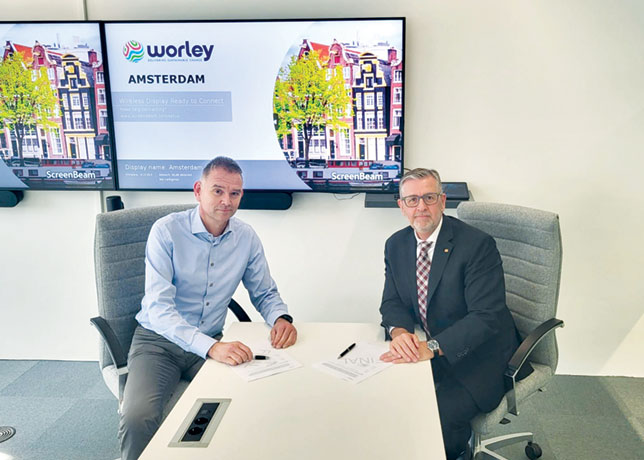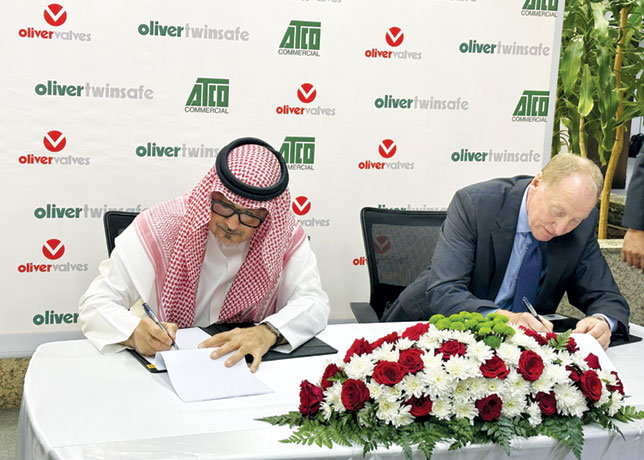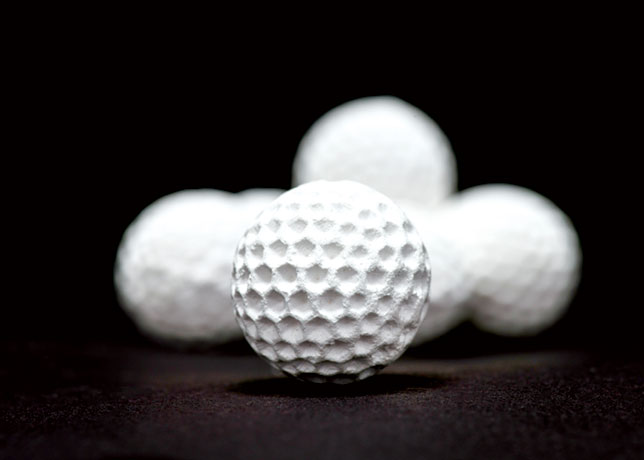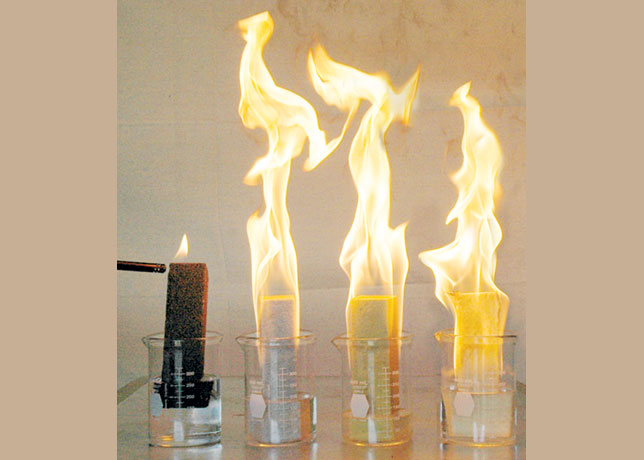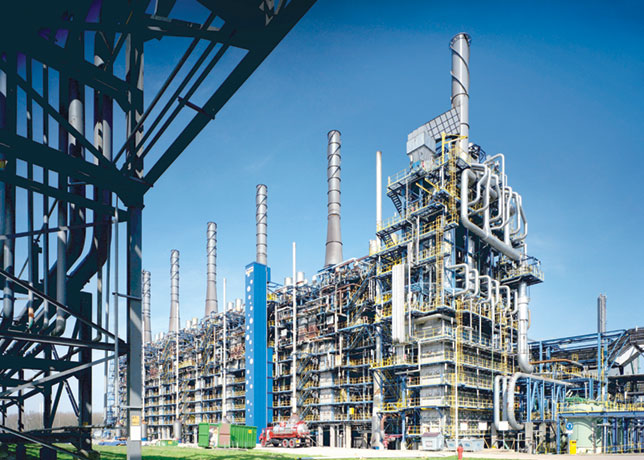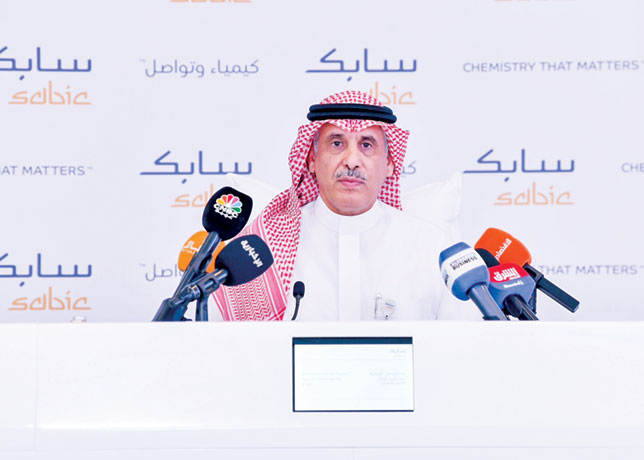
 SABIC’s innovative chemistry drives competitive advantage in Formula E
SABIC’s innovative chemistry drives competitive advantage in Formula E
Revolutionising electric motorsport, SABIC’s advanced materials drive Formula E's quest for performance and sustainability, accelerating innovation from track to road
The electrifying world of Formula E, where speed meets environmental consciousness, has found a pivotal partner in SABIC, a global leader in diversified chemicals.
Their collaboration extends beyond mere sponsorship, embedding SABIC as a principal and innovation partner, instrumental in propelling the championship’s advancements in electric vehicle (EV) technology.
This synergistic alliance highlights how cutting-edge material science is not only enhancing the performance of electric race cars but also charting a course for a more sustainable future in the broader automotive industry.
From lightweighting and improved aerodynamics to fostering a circular economy, SABIC's innovative solutions are at the very heart of Formula E's ongoing evolution.
SABIC's commitment to Formula E is deeply rooted in its BLUEHERO™ initiative, a strategic endeavour aimed at supporting the global shift towards electric power and carbon neutrality.
The racetrack serves as an accelerated testbed for these innovations, allowing for rapid development and refinement before they find their way into everyday electric vehicles.
A prime example of this race-to-road technology transfer is SABIC's significant involvement in the GENBETA programme.
This live development platform, created with Formula E and the FIA, pushes the boundaries of EV technology, demonstrating the potential of advanced materials.
The GENBETA car, based on the GEN3, showcases the transformative impact of SABIC's highly engineered thermoplastics.
Applications include 3D-printed front wing endplates, injection-moulded wheel fins, and a wind deflector.
These components, crafted from materials within SABIC’s TRUCIRCLE™ portfolio, a collection of circular polymers, are crucial for optimising airflow and reducing aerodynamic drag, contributing to enhanced acceleration and overall efficiency.
The GENBETA car, notably, set a Guinness World Record for the fastest indoor speed, a testament to the integrated performance gains achieved through these material innovations.
The wheel fins, for instance, not only reduce drag but also aid in cooling the brakes, improving stopping power–a critical advantage in the demanding environment of street racing.
Beyond aerodynamic enhancements, SABIC's materials are vital for other aspects of the Formula E cars, including the GEN3 and the latest GEN3 Evo.
These vehicles embody the principle of uncompromising sustainability; the bodywork incorporates linen and recycled carbon fibre from retired GEN2 cars, while a significant percentage of the tyres are made from natural rubber and recycled fibres.
SABIC's contributions extend to developing lightweight, highly efficient, and inherently flame-retardant materials that are crucial for EV battery systems.
The use of these advanced plastics, in contrast to conventional materials, offers multiple benefits: Reduced weight, streamlined manufacturability, recyclability, enhanced thermal management, and improved occupant safety.
This comprehensive approach aligns perfectly with Formula E's ambition to be the world's first net-zero carbon sport since its inception.
By providing solutions that contribute to the car's structural integrity, aerodynamic efficiency, and overall sustainability footprint, SABIC is not merely supplying materials but actively shaping the future of electric mobility.
Its ongoing work with commercial EV makers and partners ensures that the insights and breakthroughs gleaned from the demanding Formula E environment directly inform the development of more efficient, higher-performing, and safer electric vehicles for the road.
The collaboration between SABIC and Formula E truly exemplifies how innovative chemistry can drive both competitive advantage and a greener future.











